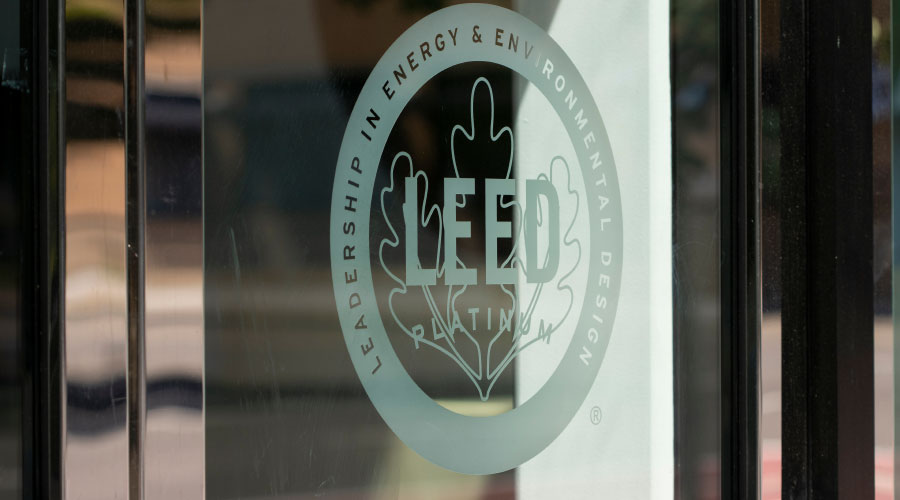LEED Points and Credits: What's the Difference?
So, now, the $64,000 question: What exactly is the difference between a point and a credit? Each of the six LEED categories has credits that spell out particular sustainable strategies, such as using a cool roof, reducing energy use from an established baseline, using low-VOC emitting materials, etc. Some credits are worth one point. For instance, in LEED-NC, if you meet the requirements of Sustainable Site Credit 7 by reducing light pollution, you get one point.
But some credits have subsets, indicated in LEED with decimals (Credit 3.2, for example), making them worth more than one point. Water Efficiency Credit 1 has two components — 1.1 for reducing potable water use for irrigation by 50 percent and 1.2 for using no potable water for irrigation. Essentially, then, if your building uses no potable water for irrigation, you’ll get two LEED points, because you’ve achieved both credits simultaneously. There are many credits throughout the different LEED rating systems that are similar to this one — where you can get more than one point for achieving a credit, simply because you’ve achieved some or all of that credit’s subsets by default.
Here’s another example: If you divert 75 percent of your construction waste from a landfill, you’ve achieved Material & Resources Credit 2.2, and by default, Credit 2.1, which calls for a 50 percent diversion of construction waste. So, you get two points for achieving Credit 2, one point for 2.1 and one point for 2.2.
But to get any credits at all, you have to register your project with USGBC — the first step in the process. You pay a fee depending on the size of the building and which rating system you’re using. USGBC recently made a change that allows LEED-NC-certified buildings to get free registration for LEED for Existing Buildings: Operations and Maintenance (LEED-EB: O&M). After registration, you’ll go through and complete as many credits as you want to or can afford, and then send all the paperwork off to USGBC, indicating which credits have been achieved. USGBC reviews the paperwork and confers a level of certification based on the total number of points achieved. When LEED 2009 goes live next year, USGBC will begin outsourcing the certification review process.
Related Topics:














